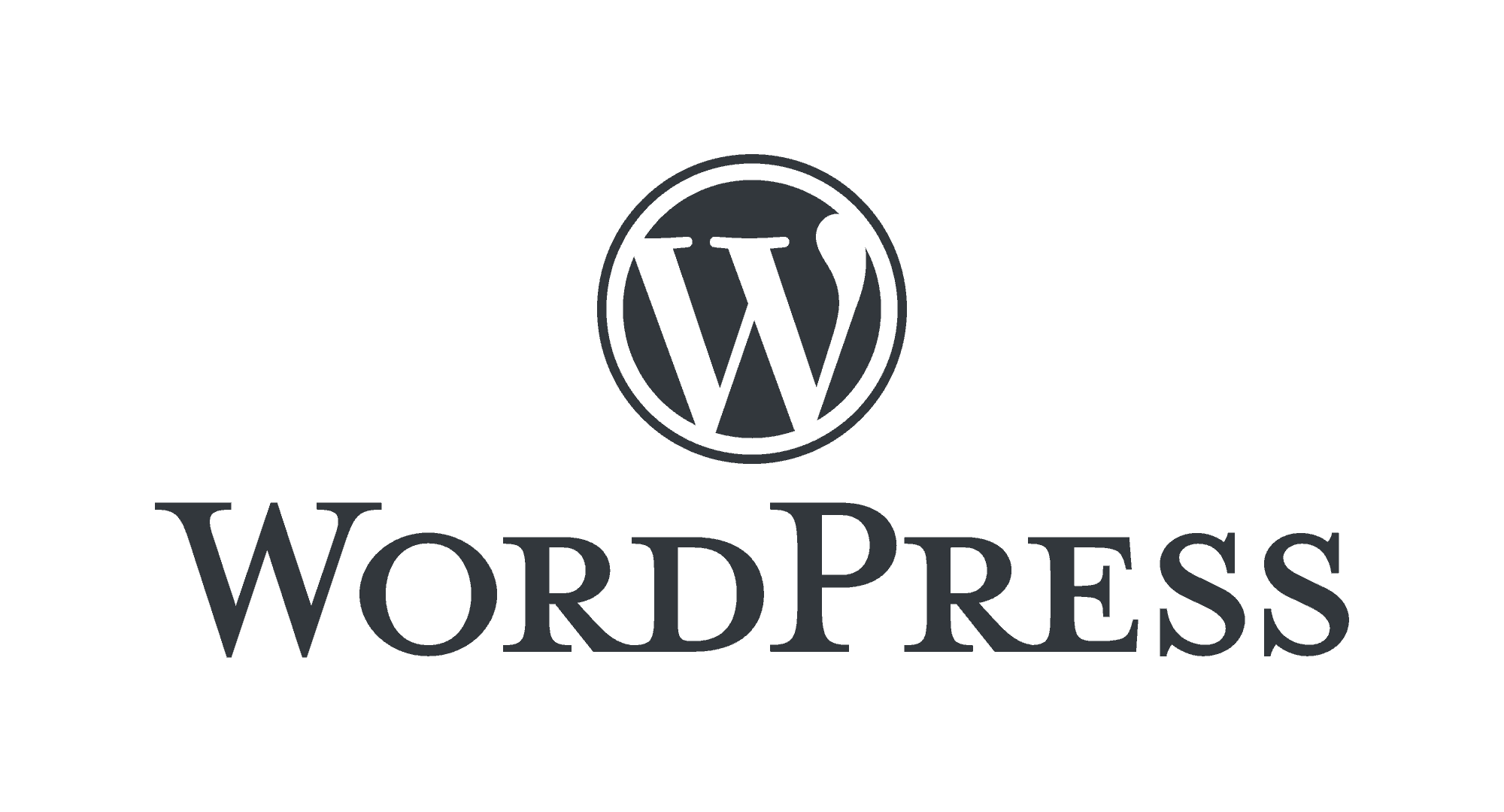Have you already got a simple WordPress website that you now want to start adding a blog to?
Given that demonstrating your expertise, establishing your authority and establishing trust are fundamental to getting highly indexed by Google, a blog is an excellent addition to your WordPress website.
But many people dive in too quickly without enough thought and planning and so end up with blog posts that don’t add much value to their site or attract leads and clients.
We’ll look at the practical steps you need to take on your WordPress site below but let’s first cover some basic essentials.
Goals
There’s no point in writing a word without a good reason for it.
(Note I’m assuming here that this new blog is not the main reason for your site existing – if you’re entire business is ‘blogger’ then you’ll need a more complete set of goals and a business plan for that!)
Some possible goals for your small business blog might be to
- educate your audience about your topic.
- establish trust in your audience
- attract interest from other thought leaders in your niche.
- attract more traffic to your website
- improve SEO and improve your search rankings
It is very well worth thinking carefully about your goals and doing some research about how best you can achieve them as you start blogging. A great starting point is this post about Content marketing goals from Copyblogger
A little aside; As well as having overall blogging goals you should ideally plan each blog post. Read about blog post planning over at CoSchedule.
Understanding the difference between Posts and Pages in WordPress
WordPress comes with 2 content types – pages and posts.
Posts are for blogging and pages are for static content such as your ‘About’ page, ‘Contact’ page, ‘Services’ page and so on. Some sites are made up of only pages and don’t have a blog; some blog based websites have thousands of posts but only one or two pages.
Don’t be confused by your Blog Page
Yes, your blog page is a page, not a post! Confused? Don’t be. It’s just the page that WordPress will use to automatically display your blog posts.
So if you set a specific page as your homepage (which is very likely the case if you have small business site) then you’ll need to set which page is your blog page. This is still a page but it will display all your blog posts (based on how your theme does that).
Other than choosing a title and permalink (url) you don’t edit this page – it’s all done automatically by WordPress. You can choose any title for the page – ‘Blog” or “Latest News” are common.
Set your blog page in your dashboard at -Settings>General>reading settings. (If you are logged in and you do not see the settings menu, then you may not have administrator access so you’ll need to talk to your developer.)
Categories & Tags – don’t be uncategorised!
If you publish a post on WordPress but do nothing, it will appear in the default category, which is ‘uncategorised’. And this is not helpful to anyone.
🙂 Fun thing to do – find out how many of your competitors who have blog posts on their site have inadvertently published their posts as uncategorised! Go to their website and in the address bar enter sitename.co.uk/category/uncategorised and, if they have, you’ll see a list of posts.
Top tips for categories
- Don’t use too many
- Only put a blog post into one category
- Rename ‘Uncategorised’ to something relevant to your blog – especially important if you only have one category (which is fine – you can always add more later)
Tags
You don’t need to use tags but they can be a handy way of adding more labels to your posts and helping readers find relevant topics
Top tips for tags
- Again, don’t go overboard. Google is pretty good at using synonyms and related words now so avoid using tags to add plurals, alternative spellings or multiple synonyms of your main keywords.
- Don’t use tags that are the same as categories.
It’s well worth taking some time to understand more about categories and tags in WordPress
Blog archives
That ‘fun thing’ above was a link to a category archive. For each category you have a page that can appear in the search engines, which is great. Here is an example of a category archive.
There are archives in WordPress for categories, tags, authors, dates and all this can be customised for your site. You should be familiar with how your theme deals with these things and talk to your developer if necessary.
So that is a quick summary to get you started adding a blog to your WordPress site. If you have any questions – reach out and we’ll be happy to help.



